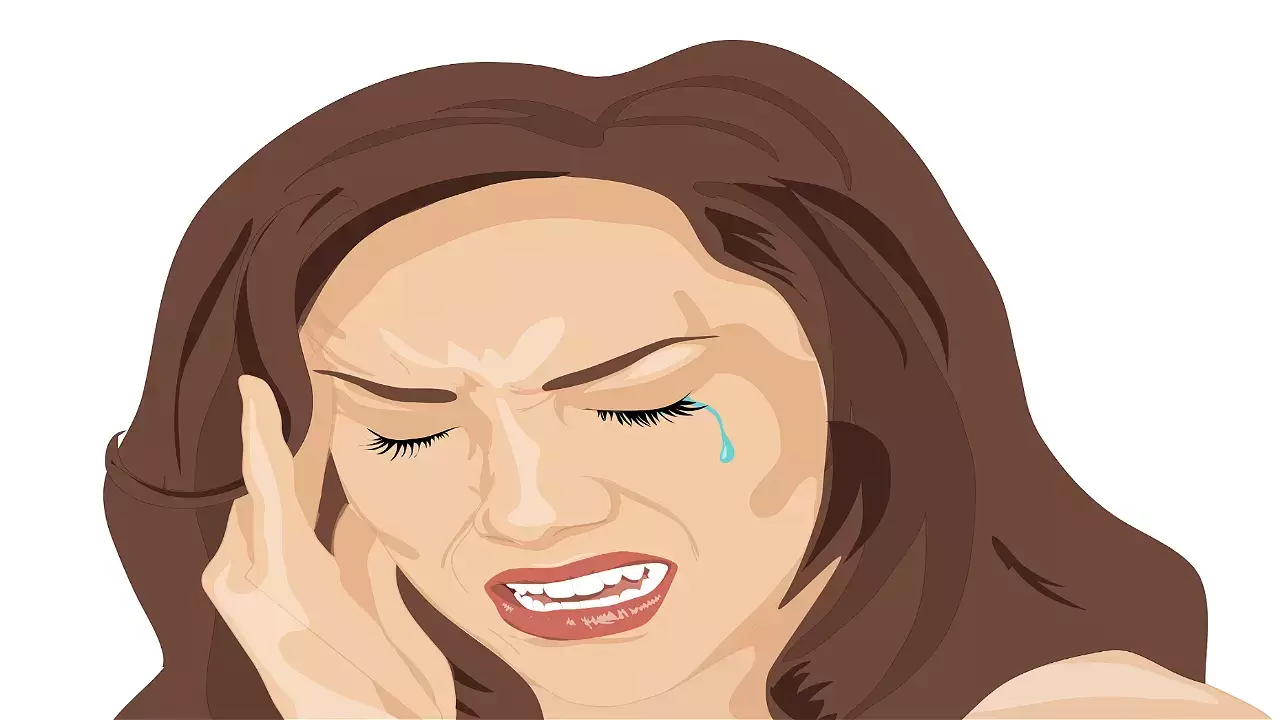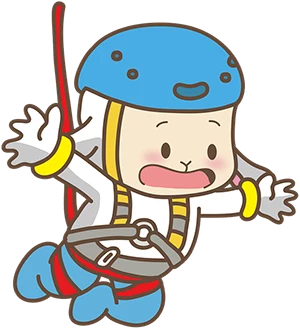
"Forget injuries; never forget kindnesses."
Confucius (551 BC – 479 BC) was a Chinese teacher, politician, and philosopher. By Simran Khurana (Updated March 18, 2017)
This article provides essential theoretical background on pain and briefly reviews various natural pain relief techniques using self-healing.
The mental-emotional state significantly affects the level of pain. (Separate discussion) The self-healing method is essentially anti-inflammatory and works on the causes of pain, not its symptoms. The disadvantage of this method is that it is slower and requires patience and perseverance. Each technique described in detail in the Natural Therapies chapter effectively reduces pain. NATURAL THERAPIES.
The pain scale is a subjective measure of pain affected by its intensity, duration, and location.

If you look for definitions for physical pain, you will find that they are not uniform.
Pain endurance does vary from person to person, but pain intensification has more objective metrics.
Links: | What is inflammation? (Inflammation vs. Infection) | Pain (Wikipedia) |
Physical pain and inflammation - My suggested broad definitions. (Without using synonyms for pain)
- "Physical pain is a short or continuous alarm sensation caused by temporary or permanent cell damage (above a certain threshold) in tissue with sensory nerves (nociceptors)." Pain is a part of the self-defense mechanism.
- "Inflammation is a short or continuous immune response caused by temporary or permanent cell damage intended to rehabilitate the damaged tissue."
Besides the brain and liver, most of the major organs in the human body are pain-sensitive.
- We can feel pain in our bodies almost anywhere. Although there is no "brain pain," migraines are one of the most troublesome pests. (What hurts is not the brain itself.)
- The liver has no pain sensation, but the gallbladder and nearby organs feel pain. The pains of chronic liver patients (like me) are horrible because the body rots! But this is not a pain of the liver itself.
- The pain intensity is often a subjective question; however, there are paralyzing pains in which the patient cannot function. Severe toothache, eye pain, earache, and prolonged migraines are paralyzing pains. (The head, because of the multiplicity of nerves in it, is especially susceptible to pain.)
Three factors determine the objective severity of pain.
The pain scale is a subjective measure in which the person is asked about the pain level. The objective measurement of pain tries to quantify pain objectively, primarily to assess the pain level of injuries and chronic conditions. To this day, to the best of my knowledge, there is no objective measure of pain. The subjective perception of pests has a relatively high variance.
- The Density of the sensory nerves (nociceptors) differs in different body areas. The head area, palms, hands, genitals, and nipples are rich in sensory nerves, which tend to hurt more.
- Essential organs such as the brain and the liver are not pain-sensitive.
- Cumulative tissue damage = The multiplication of the affected tissue damage volume by the duration of exposure to the harmful agent.
- The intensity of tissue damage volume. (Per time unit)
- Duration of exposure to the harmful agent.
- The Regeneration rate of the damaged tissue is directly proportional to the speed at which the pain passes. For example, skin cells recover quickly, so the pain passes relatively quickly when we cut ourselves superficially with a knife.
It is relatively easy to produce a statistical estimate of objective pain, but the patient's subjective response to pain is more important than the intensity of the objective pain!
Frequently asked questions and answers regarding pain in general and chronic pain in particular.
If nothing hurts me, is it a sign that I am healthy?
- The answer is not necessary. Damage to cells at low intensity often does not reach the threshold that requires an alarm! (Pain)
Is chronic pain a sign that I still have tissue damage?
- Usually, the answer is "Yes."
If the chronic pain intensity increased, was it a sign that my health condition had worsened?
- If the pain intensity has increased significantly over time, and there have been no other (mental) changes, the answer is probably "Yes."
I have intermittent pain; what does this imply?
- Intermittent pain may indicate an unstable immune system. The difficulty is in locating the causes of the phenomenon. (Nutrition, physical, and mental lifestyle)
Physical pain is often the result of illness, injury (accidental or intentional), or a combination of both.
- A blow, accident, burn, injury, etc. (accidentally or intentionally) causes immediate inflammation. Sometimes, it also creates an infection.
- Local or chronic inflammation results from a pathogenic infectious process without a present pathogen-producing inflammation.
Prominent examples:
- When we have toothaches due to cavities in the teeth, the cause is a caries bacterial infection that causes inflammation, swelling, and pain.
- If a knife cuts us, the body's inflammatory response is swelling, redness, and closure of the bleeding wound. The pain is usually temporary and subsides within a few minutes.
- Migraines are inflammatory, with pains lasting indefinitely for consecutive days. Besides the swelling we usually do not feel or see (Jugular veins), migraines are also inflammatory.
Pain relief can be achieved through the self-healing method. (Often, several types of therapies must be combined.)
How Do Pain Relievers Work? - George Zaidan.
Anti-inflammatory nutrition. (The effect is relatively slow.)
- Start your morning by drinking one cup of squeezed lemon juice with lukewarm water. (It is even better if you add one tablespoon of apple cider vinegar + one tablespoon of olive oil.)
- Eat only natural, varied foods. Do not eat any processed and industrialized foods or artificial and alcoholic beverages. (Huge category)
- Regular consumption of foods, especially those rich in antioxidants. (Such as berries) preferably along with goat yogurt to strengthen the intestinal flora.
- Intermittent fasting is a very effective method of relieving chronic pain.
- Natural (unsweetened) juices can significantly relieve pain, especially in gastrointestinal diseases.
- Drinking natural lemon juice (without sugar) and lukewarm water may help relieve intestinal acidity and chronic pain.
- Natural grapefruit juice improves liver function and reduces pain. (It is necessary to ensure no contradiction with other drugs.)
Cleansing the Liver, Gallbladder, Intestines, and Kidneys. (The effect is relatively slow.)
Link: Therapeutic Enemas: Coffee, Baking Soda, Lemon, MMS, and Probiotics.
- Freshly squeezed juice is the best natural remedy.
- Coffee enemas have an almost immediate effect on pain relief. People's main difficulty is overcoming the feeling of a lack of hygiene! Coffee enemas can be made at home in the bathroom with great comfort and maximum hygiene.
- The liver, Gallbladder, Intestines, and kidneys flush. (Mechanical detoxification)
- Cleansing the kidneys. (Drinking Parsley tea, Steam sauna, Jacuzzi)
Herbs and various supplements. (The effect is relatively fast.)
- Herbal supplements and Antioxidants. (Customized - preferably by a naturopath)
- Link: Supplements are needed for a while to fill deficiencies.
- It is advisable to avoid the systematic taking of supplements, which may even be harmful.
- Drinking bentonite clay may reduce severe pain caused by inflammation or acute infections. You can also have baths filled with hot water and bentonite clay.
- Bentonite clay is a natural mineral (medical grade) that can absorb toxins. Add a teaspoon of bentonite clay to a medium-sized bottle filled with filtered water. Mix well until the lumps disappear and you get a uniform liquid. Bentonite clay has a neutral taste. It is especially suitable for those suffering from chronic diseases of the digestive system, liver, and gallbladder.
- Omega-3 fatty acids (found in fish oil) have a powerful anti-inflammatory effect. For those who do not eat fish or seafood, it is advisable to take a quality omega-3 supplement. (Omega-3 from fish oil is better than omega-3 from flaxseed or vegetable oil.)
- Low levels of vitamin B12 can cause inflammatory effects. Simple blood tests can be performed to detect vitamin B12 deficiency. The vitamin is better absorbed in injections than in pills.
- Licorice (Gan Cao) is an ancient medicinal plant with natural steroid properties in China. It reduces pain without acute side effects.
Other anti-inflammatory therapies. (The effect is relatively fast.)
- To reduce pain, press firmly with your finger at the peak of the pain (of all types) until a slight pulse appears. Then, hold the press for 45-60 seconds. This action can open an energetic blockage. Applying pressure to the pinky finger is recommended for heart patients with irregular heartbeat. (You can also use your right hand.)
- Although acupuncture can be painful at times, it effectively relieves pain.
- Deep breathing techniques can relieve specific pains. It is advisable to learn these techniques in yoga workshops; similar training videos on YouTube may help.
- Massage, reflexology, and moderate exercise can often alleviate mild chronic pain.
- Direct and controlled sun exposure has analgesic properties. Vitamin D3 is critical to the proper functioning of the immune system. (superior to any supplement)
- Cupping therapy, Scraping (Chinese Gua-sha), dipping feet in ginger water, and Medical leeches.
- Deep breathing techniques for pain relief - preferably learned in a yoga workshop.
Painkillers and steroids cannot cure chronic inflammations that cause chronic pain in the first place.
Link: Medications for chronic patients can only suppress the symptoms.
It is difficult for the body to cure inflammation without proper liver function. (All drugs weigh on the liver.)
- Apart from opiate painkillers, other types are less addictive. I have been taking high-dose Thermadax or Optalgin drops for a long time, but painkillers are often inadequate for internal diseases!
- Aside from the risks of addiction to opiate medications, prolonged use of painkillers has a devastating effect on the liver.
- Medical marijuana is considered very effective, but it usually does not cure the disease that causes the pain.
Anti-inflammatory steroids reduce pain but at the cost of sustained damage to the immune system.
- Steroid use is widespread, reducing the body's inflammatory response. But steroids do not cure anything! Over time, they cause significant cumulative damage to the immune system.
There are a few exceptions where there is a higher probability that painkillers may lead to recovery from chronic diseases.
- Relieving pain and other severe symptoms can dramatically improve mood. When a person is more energetic, there is a better chance of recovering from chronic diseases. The mechanism is very similar to the placebo effect. In this context, the placebo effect is relevant only shortly after the disease's onset and after taking medication.
- Recovery through symptomatic treatment exists, but is not shared. It may occur in relatively mild cases of chronic diseases.
- Chronic patients often reach the "disillusionment" stage, realizing they will remain dependent on medication for many years!
Is there a medical justification for painkillers for chronic patients? (The answer is "Yes")
- Painkillers for prolonged use have many side effects, including severe impairment of alertness and concentration. Painkillers are sometimes needed for extended periods, but a comprehensive explanation of a lifestyle change and diet is often required.
Pain is often the primary urge that causes most of us to go to the doctor for a checkup.

Natural anti-inflammatory therapies are designed to strengthen the immune system and repair damaged tissues. The effect is a gradual reduction of pain. The significant disadvantage of the method is that it requires discipline! And its operation is relatively slow. The huge advantage of the process is that it can bring about the patient's recovery.

